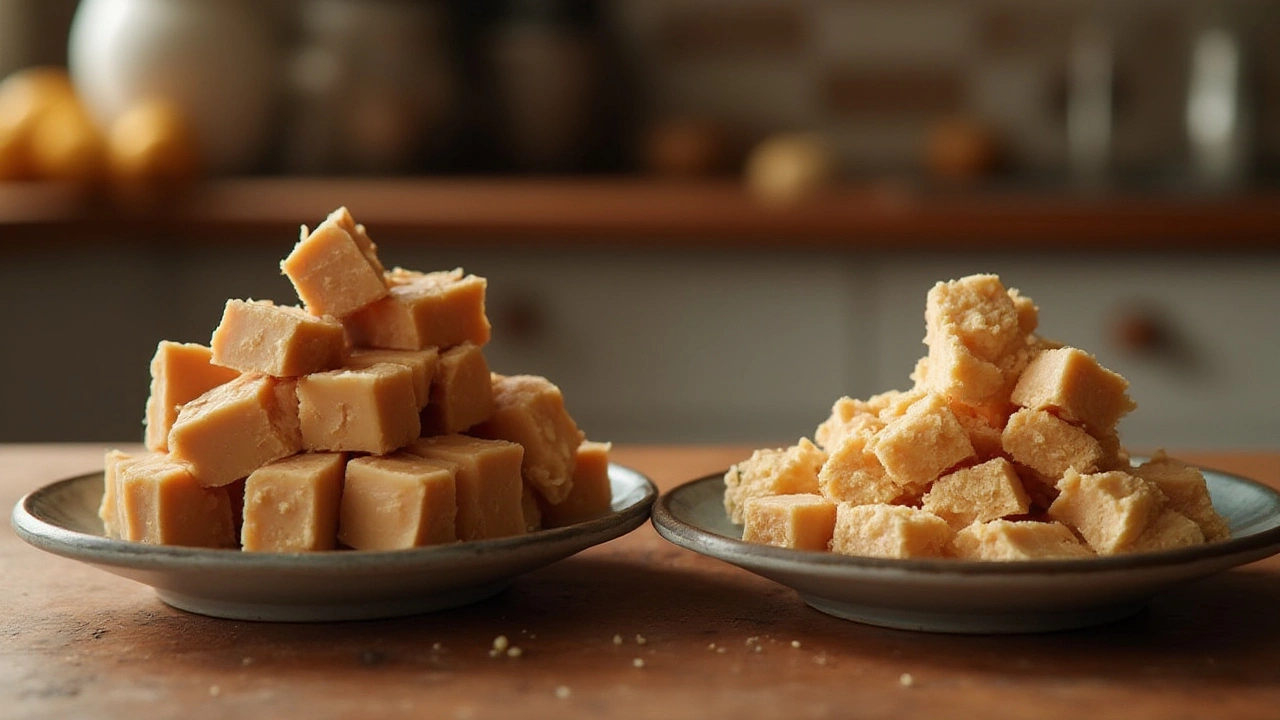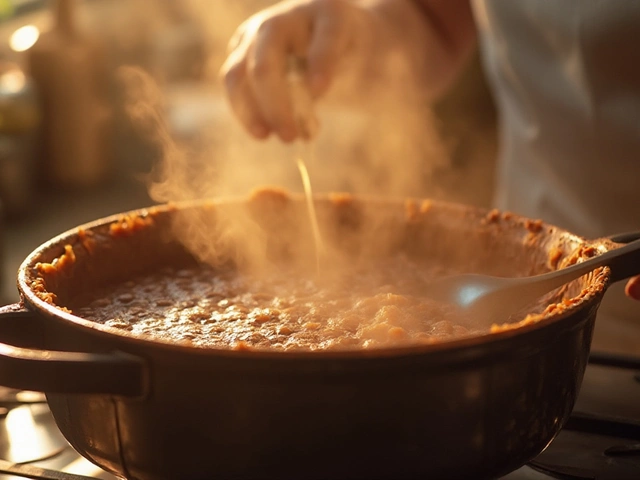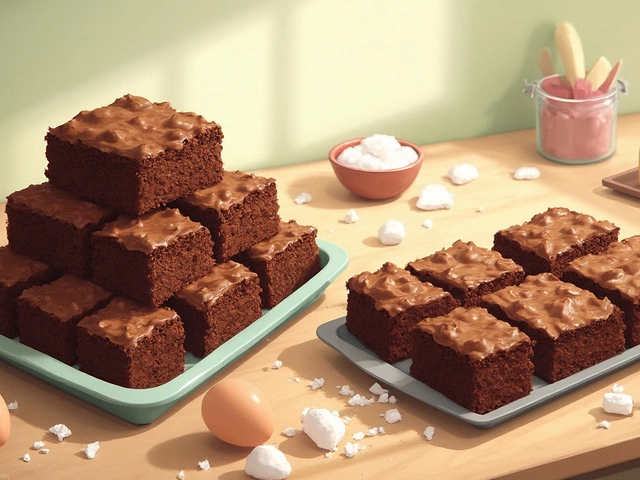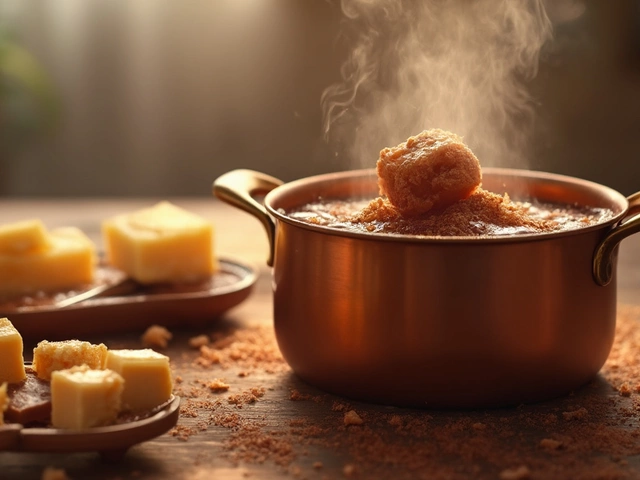Fudge Troubleshooting: Simple Fixes for Common Problems
Ever pulled a batch of fudge from the pot only to see cracks, grainy texture, or a hard center? It’s frustrating, but the good news is most issues have a quick fix. Below you’ll find the most common mishaps and what you can do right now to turn a sad slab into a silky treat.
Why Fudge Goes Wrong
Fudge is basically sugar, butter, and milk cooked to a precise temperature. Miss the sweet spot and you’ll see the symptoms. If the mix stops bubbling too early, the sugar crystals stay big and you end up with grainy fudge. Let it boil too long and it gets hard, like a candy bar. Altitude, stale ingredients, or even a cheap thermometer can throw the whole process off. Knowing the cause helps you apply the right correction.
Quick Fixes and Pro Tips
Check Your Temperature. Aim for the soft‑ball stage (around 236‑240°F or 113‑115°C). If you don’t have a candy thermometer, the “cold‑water test” works: drop a small bit into ice water – it should form a soft, pliable ball. A few degrees higher or lower can change the whole texture.
Stir the Right Way. Once you hit the target temperature, stop stirring. Over‑stirring after that point can re‑crystallize sugar, making fudge grainy. Instead, let the mixture sit for a minute, then give it a gentle, steady stir until it thickens.
Use Fresh Ingredients. Old sugar or butter that’s been in the fridge too long can affect how well the mixture emulsifies. Fresh dairy and high‑quality chocolate give a smoother finish.
Altitude Adjustments. If you’re baking above 3,000 feet, raise the temperature by about 10‑15°F. The lower air pressure means water evaporates faster, so you need a hotter mix to reach the right stage.
Fix Grainy Fudge. If you’ve already poured a grainy batch, try reheating gently with a splash of milk or cream, then whisk until smooth. It won’t be perfect, but it can rescue the batch.
Prevent Cracks. Cracks appear when the fudge cools too quickly. Let the pan sit on the counter for 15‑20 minutes before moving it to the fridge. Cover it loosely with foil to keep the surface from drying out.
By following these steps you’ll avoid the usual pitfalls and enjoy creamy, melt‑in‑your‑mouth fudge every time. Keep a thermometer handy, watch the temperature, and remember that a short pause after reaching the soft‑ball stage is the secret to smooth texture.
Now that you know the why and how, go ahead and give your next batch a try. You’ll see the difference instantly – no more grainy surprises, just pure sweet satisfaction.

Boiling Fudge Too Long: What Really Happens and How to Fix It
Ever end up with crumbly, rock-hard fudge? Read to see what really happens if you boil fudge too long—and how you can salvage it or get it right every time.
View More
3 Ingredient Fudge Not Setting? Here’s What’s Going Wrong
Wondering why your 3 ingredient fudge refuses to set? This article breaks down the top reasons for runny or soft fudge and how to fix it. Learn about the roles of each ingredient, typical mistakes, and simple tweaks to get perfect fudge every time. Get practical advice you can use today. Stop stressing about failed batches and discover how to turn fudge flops into rich, sliceable treats.
View More




